At the 2013 Tokyo Motor Show, Suzuki unveiled the Recursion, a futuristic concept powered by a 588cc parallel-twin engine with an intercooler turbo. At that time, Suzuki revealed that the engine and turbo combo was good enough for a peak power output of 100PS and an equally powerful 100Nm of torque. Oh, and it weighted 184 kilos, dry.
Now, Suzuki has filed a patent for the turbocharger technology it has employed in the Recursion, leading us to put on our thinking caps and give it a much closer look than we normally do for show concepts. This really could be the start of something big.
As we can see in the diagrams, Suzuki’s design places its turbocharger in front of the engine and below the radiator, unlike the Kawasaki H2 and H2R which uses a supercharger located behind the cylinders. With this layout, the turbo uses the exhaust stream from the header pipes to spin its turbine and pressurize the air intake. The pressurized air then flows up into the intercooler which is located below the front end of the seat.
Suzuki is not hedging all its bets on a single design though; it wants patents on a relatively simple design as well as a more complex one. The first turbo is shaped like a hollow rectangular box but with dividing wall that runs across most of the length, forcing air to flow in a U-shaped path. Heat radiates from the bottom of the intercooler, exiting out towards the rear wheel. A variant design adds a pipe with a control valve that bypasses the intercooler. This allows more air to enter the engine during rapid acceleration without the intercooler increasing air-flow resistance.
The second, more complex one, adds a gap in the intercooler for additional cooling. This design also adds a cooling duct drawing air from a between the headlights. Air flows through the gap in the intercooler and out the rear, either towards the rear tire or redirected under the tail.
So why is this development noteworthy? With fuel prices spiraling up by the day and emission standards becoming more and more restrictive, going turbo makes sense. But will it become a new trend?
Sure, they’re more complex, resulting in bigger repair bills, but turbocharging delivers better fuel economy and extra torque over standard engines. And, unlike Kawasaki which went for a liter-class bike and added supercharging to it, turbos give more benefit when done on a middleweight bike, like the Recursion. Add to that the fact that with turbos, power will also arrive at much lower revs, and you have the makings of the perfect city slicker.
It will be a long time before we see these patents make their way onto a production bike, though. Suzuki’s lack of detail in the sketches indicates that the Recursion – and its technology – isn’t ready for prime time, yet. Nonetheless, we can’t wait to see who rolls out the first “civil” forced intake bike, and how it fares in the market. The H2 is obviously a very capable machine, but its performance and price take it out of the reach of many. Something like the Recursion might just change that.


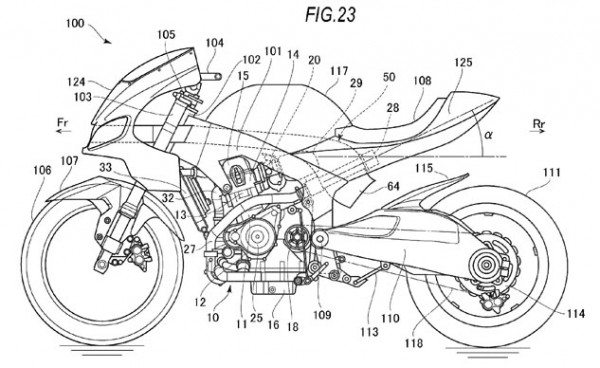
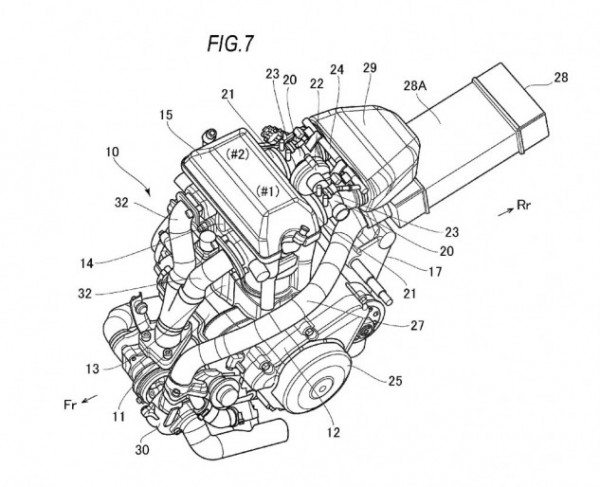
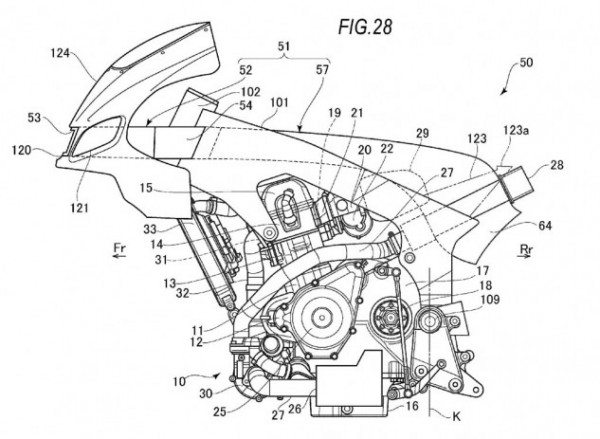
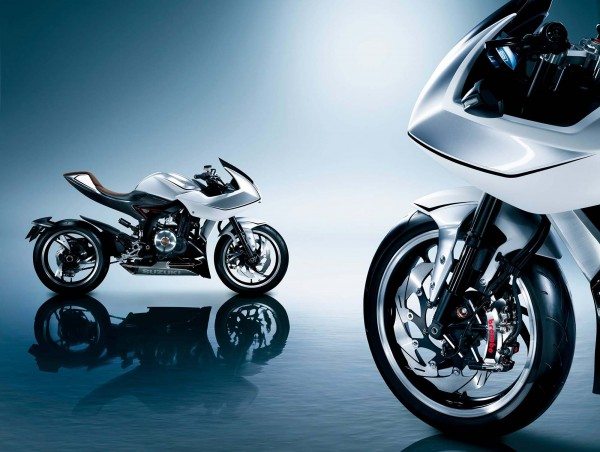
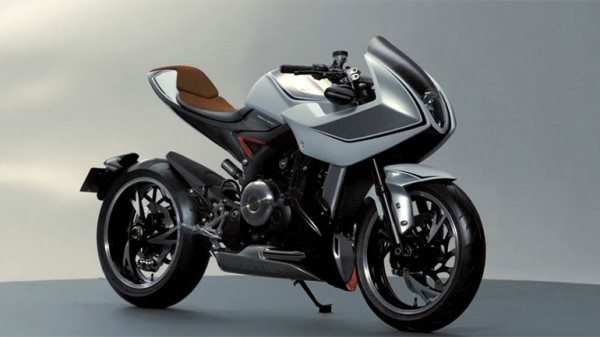
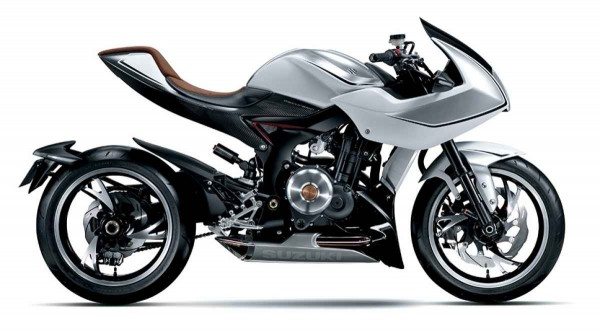
Suzuki has indeed created history.
But this has its own drawbacks too.
1.The air emitted from the exhaust may have its impact on the turbo charger’s components. (Rust as you can see)
2.The second variant of the “Simple design” turbo charger, as afore-mentioned skips the intercooler to lose any lag in the air flow to the engine.
But this in-turn has bad quality air going to the cylinders and cylinders are prone to some level of damage.